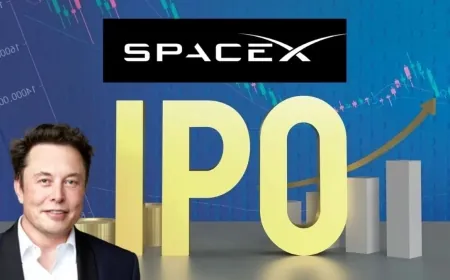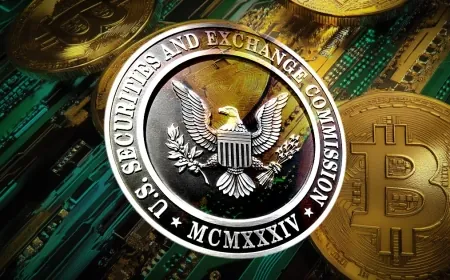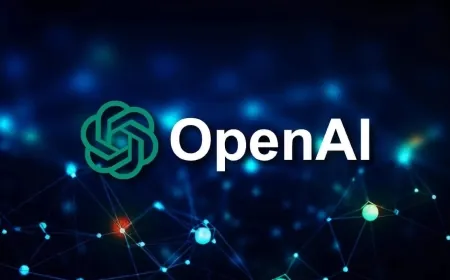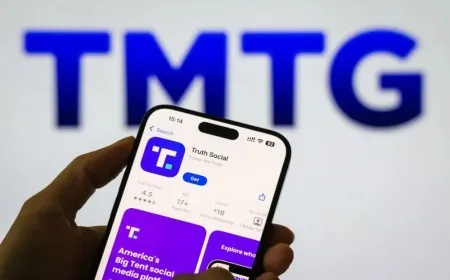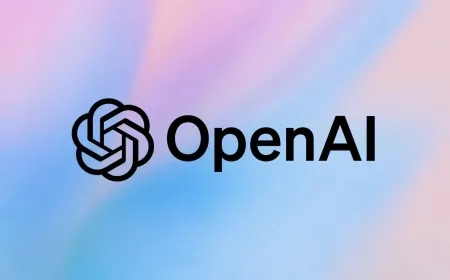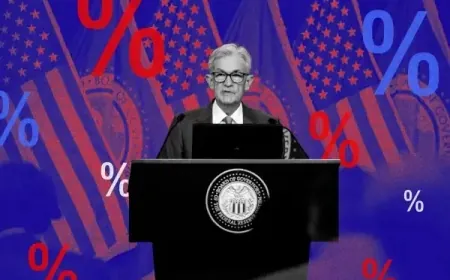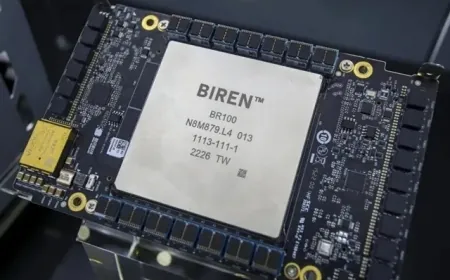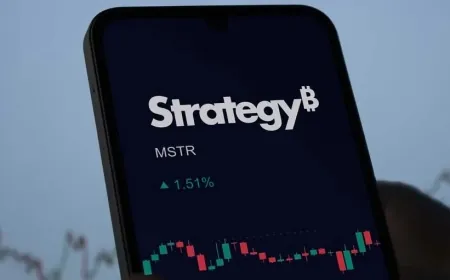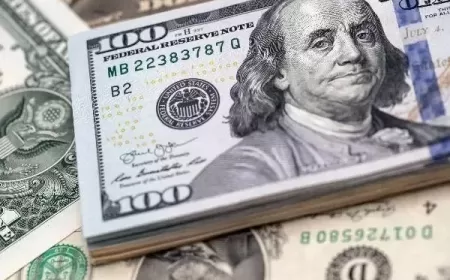U.S. Publishes GDP Data on Blockchains in First-Ever Release
The U.S. Commerce Department posts GDP data on Bitcoin, Ethereum, and other blockchains as Q2 2025 growth hits 3.3%, marking a global first.

Washington, D.C. — The Commerce Department has published U.S. gross domestic product (GDP) figures on multiple public blockchains, a first-of-its-kind move aimed at making the country’s most important economic indicator more transparent and tamper-proof.
The announcement coincided with Thursday’s release of second-quarter GDP, which showed the economy expanding at an annualized 3.3%, a sharp rebound from the first-quarter decline.
Key Takeaways
U.S. GDP on public blockchains
-
U.S. Commerce Department begins posting GDP data on nine blockchains, including Bitcoin, Ethereum, and Solana.
-
Data secured through cryptographic hashes for verification.
-
Initiative backed by President Donald Trump and Commerce Secretary Howard Lutnick.
-
Project developed with Coinbase, Kraken, and Gemini providing crypto infrastructure.
-
Plan to extend blockchain publication to jobs and inflation data.
-
First time a major government has published market-moving economic statistics on public blockchains.
GDP Figures Posted Across Nine Blockchains
Instead of releasing only through government websites and press bulletins, the Commerce Department distributed cryptographic hashes of the GDP report across nine blockchains, including Bitcoin, Ethereum, and Solana.
A cryptographic hash is a unique digital fingerprint of the data. Anyone worldwide can verify that the official numbers match the hash, ensuring the figures cannot be altered or released in advance.
Commerce Secretary Howard Lutnick said the system provides “instant authentication” for investors and analysts. U.S. crypto exchanges are covering the transaction fees to post the data.
White House Backs Blockchain for Official Data Releases
The rollout reflects President Donald Trump’s broader embrace of digital assets since returning to office in January. Once a critic of cryptocurrencies, Trump has reversed course, pledging to make the United States the global leader in blockchain adoption.
His administration has already launched a U.S. Bitcoin reserve, supported pro-crypto legislation, and appointed industry-friendly regulators who have settled long-running disputes with major exchanges. Publishing GDP on blockchains is the latest signal of how central digital assets have become to his economic agenda.
“This is not just about statistics — it’s about showing the world that America leads in innovation,” a senior White House official told reporters.
Economists Question Reliability of Blockchain Data
On Wall Street, traders were focused on the stronger-than-expected GDP growth but acknowledged the blockchain release could change how markets respond to data in the future.
“Speed and trust matter in trading,” said a hedge fund analyst in New York. “If blockchain releases give investors quicker confirmation, it could influence strategies around big economic announcements.”
Economists, however, cautioned that while blockchain makes tampering nearly impossible, it doesn’t solve deeper challenges around interpreting economic data. “Hashes prove authenticity, not accuracy,” said Susan Grant, a former Federal Reserve economist. “The hard work is still in analyzing what GDP growth means for jobs, inflation, and policy.”
Labor and Price Data Could Be Next on Blockchain
Officials hinted that GDP may be only the beginning. The Bureau of Labor Statistics and the Treasury Department are studying whether to publish inflation reports, payroll data, and even Treasury auction results using the same system.
Globally, no other major economy has distributed headline economic data this way. The European Union has piloted blockchain bond issuance, and China has tested distributed ledgers for trade statistics, but neither has attached a top-tier macroeconomic release like GDP to public blockchains.
Commerce Uses Blockchain to Verify GDP Data
The Commerce Department said anchoring GDP figures to public blockchains is designed to give investors a verifiable record that cannot be altered after release. Officials stressed the initiative is not a replacement for traditional publication but an additional layer to guard against disputes over data accuracy.
The pilot rollout covers nine major blockchains, including Bitcoin, Ethereum and Solana. A cryptographic hash of each GDP report is published simultaneously, allowing anyone to confirm that the figures released by the Bureau of Economic Analysis match the official dataset.
By making the process public, the administration aims to reduce accusations of data manipulation—particularly after recent controversy over revisions to jobs and growth figures. Analysts note this move could become a template for how other sensitive economic indicators, such as inflation or unemployment, might be secured in the future.
Also Read: U.S. Commerce Secretary Plans to Put GDP Data on Blockchain





